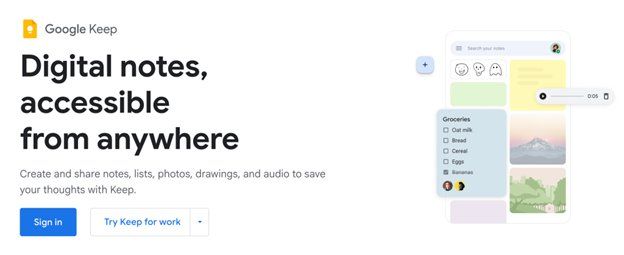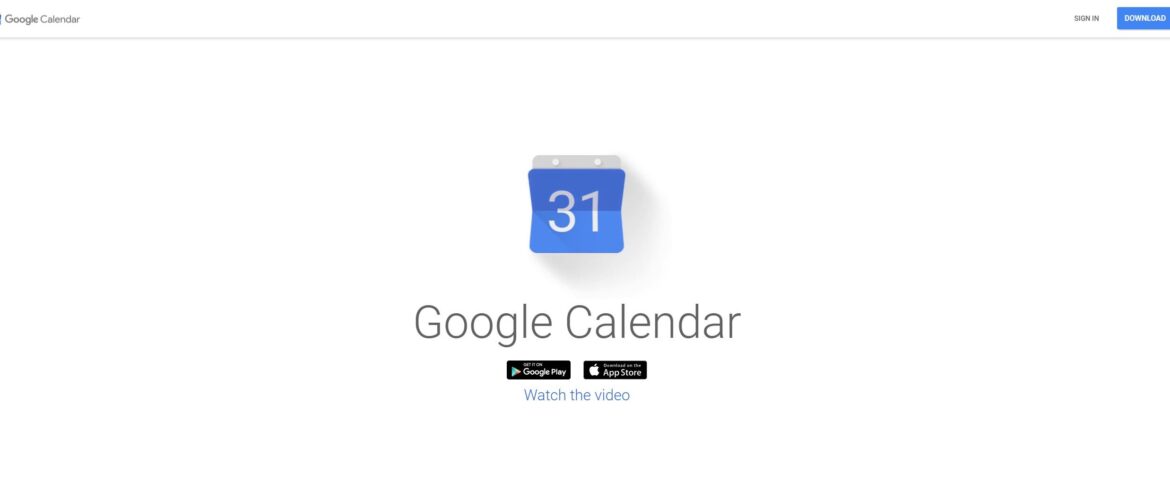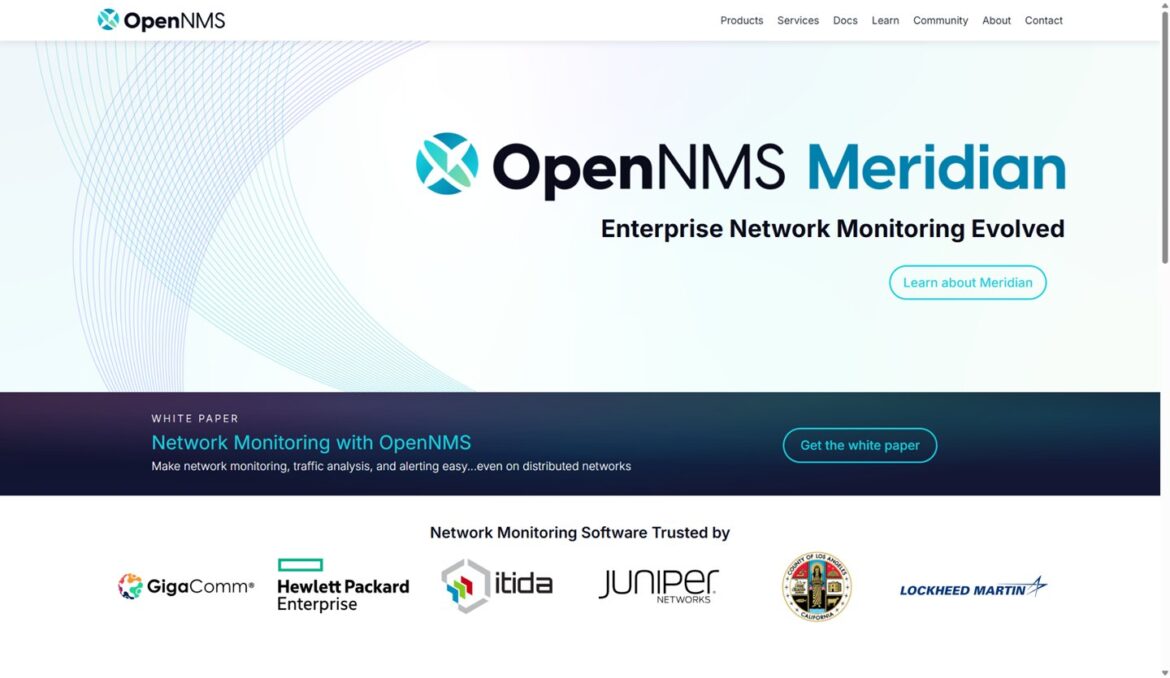Why you can trust TechRadar
We spend hours testing every product or service we review, so you can be sure you’re buying the best. Find out more about how we test.
The best note-taking apps help you remember crucial information. It’s often done with physical notebooks, but digital note-taking apps provide an easier way. You already carry a smartphone, so using the same device to take notes makes things convenient. Google Keep is one of the most popular note-taking apps used on smartphones globally.
Initially launched in 2013, Google Keep has amassed tens of millions of users within a short period. Because it’s free to use, Google Keep has become a go-to option for people seeking a simple app to store and manage notes.
But, is Google Keep an ideal note-taking tool for you? What are its unique features, and how does it differ from competitors? I’ve extensively reviewed the app to answer these questions for you. Read on to learn about Google Keep’s features, pros, and cons compared to rival note-taking tools.
(Image credit: Google)
Google Keep: Plans and pricing
As I mentioned earlier, Google Keep is a tool you can use at no cost. Google offers it for free, along with various other tools, to keep users attached to its software ecosystem. Anyone with a Google account can enjoy Keep’s features.
However, there’s a catch. Google offers a premium tier for companies that desire collaborative functionalities and access to enhanced features on Google software tools. If your company subscribes to this premium plan, called Workspace, the features of Google Keep don’t change. However, your company can enjoy seamless collaboration on Google Keep and many other Google tools.
Google Workspace has three pricing tiers: Starter, Standard, and Plus. The Starter plan costs $7 per user per month, the Standard plan costs $14 per user per month, and the Plus plan costs $22 per user per month. There’s also an Enterprise Plus plan for large companies that can negotiate custom sales deals with Google’s team.
The Starter plan unlocks 30 GB of storage per account, the Standard plan unlocks 2 TB of storage, and the Plus plan allocates 5 TB to each account. Google Keep’s functionalities remain the same regardless of your plan, but these plans have significant differences in other areas.
(Image credit: Google)
Google Keep: Features
Google Keep’s core feature is letting users keep and retrieve notes when needed. It lets you create and organize notes, from shopping lists to personal reminders, phone numbers, and workplace ideas. You can then label these notes for easy retrieval later. For example, you can have separate labels named “work” and “personal” and simply click on any label to find the relevant notes when needed.
To create a note, you have various options: a plain note, a list, a note with a drawing, or a note with an image. A plain note can be any text you choose to write. There’s no limit on the number of characters you can store in the plain note.
After writing your plain note, you can add a reminder to it, which will be saved in the Google Reminders app, and you’ll receive an email or push notification reminder at the appropriate time. Google Keep has seamless integrations with other Google tools, making it convenient if you already use one Google app or another.
If a plain note isn’t satisfactory, you can add images or drawings for context. Images can be uploaded directly from your PC or smartphone, but videos aren’t permitted. All uploaded images count towards your allocated storage, which ranges from 15 GB on the free plan to between 30 GB and 5 TB on Workspace plans.
Similarly, you can add drawings to your notes, a feature that is useful when trying to sketch ideas. Forgive me for not being the best artist, but my example below illustrates how adding drawings is done on Google Keep.
(Image credit: Google)
Notably, you can convert your drawing into an image and download it to your device. Drawings help you add significant context to the notes you’ve jotted.
I like that Google Keep provides ample text formatting features. It allows users to break down notes into headings and subheadings, making them easy to read later. You can bold, italicize, and underline specific words or phrases within your notes. The formatting options aren’t as plentiful as what you’ll find on a word processor, expectedly, but they provide the basics that help users create detailed notes.
Another feature I enjoyed is Google Keep’s Optical Character Recognition (OCR), which lets users extract text from uploaded images. The example below illustrates a picture I uploaded and its extracted text.
You can observe that Google Keep extracted the text from the image with a high degree of accuracy. I only needed to adjust the text a little to get a coherent note. The OCR feature isn’t perfect, but it works well most of the time. It’s a valuable feature in many situations, such as a lecture with informative slides displayed on a projector. In this case, you can simply snap a slide and extract the text instead of typing the same thing manually.
Still on the idea of extracting external information into your notes, Google Keep has a browser extension available exclusively on Google Chrome. With this extension, you can download web pages directly as notes to view later. Suppose you encounter a web page that piques your interest, but you’re too busy to read it at the moment. You can simply download it as a note and open it later. My only complaint is that this feature is compatible with Chrome but not with other browsers.
(Image credit: Google)
Another interesting feature is the ability to record voice notes and transcribe them into text. You can add an audio memo to a note, and Google’s sophisticated voice recognition system will translate it to text and also keep the audio recording for future playbacks. In my case, the transcription feature wasn’t perfect, as I had to edit some words and phrases, but it transcribed most words correctly. Note that this feature only works on the mobile app.
I talked about using labels to organize your notes. However, that’s not the only way. You can change the background color of each note to differentiate it from the rest. For example, all personal notes can have one background color, and those related to work can sport another color.
Likewise, you can pin specific notes at the top of your dashboard. These pinned notes, which are of utmost importance, will always be displayed above the other notes you’ve created.
I mentioned reminders earlier, but there’s more to it. You can not only set time-based reminders, but you can also set reminders based on locations. That is, Google will issue a reminder about a note as soon as you arrive at a specific location. For example, you can set Google to remind you about school notes as soon as you arrive at school. You can receive work reminders as soon as you arrive at the office. These reminders are helpful in many day-to-day situations.
Seamless collaboration is one of Google Keep’s main benefits compared to rival note-taking tools. You can easily share your notes with friends, family, and colleagues, and they can view or edit the notes.
To share a note with someone, you can add their email address, and they’ll receive a notification about the note you’ve shared with them. Collaborators can view or edit your notes, and any changes are reflected in real-time.
For example, if you share a checklist, the collaborator can tick off items on the checklist, and it’ll immediately reflect in your Google Keep dashboard. A good thing about Google Keep is that there’s no limit to the number of collaborators you can invite.
Most Google tools allow you to set specific permissions for collaborators (read-only or editing access), but Google Keep bucks the trend. Anyone you invite automatically gets full access, including the ability to edit your notes. I didn’t like this lack of permission management.
Another thing I didn’t like relates to the text formatting options, which I mentioned earlier. Google Keep’s formatting features are basic, unlike the advanced formatting options I’ve encountered on several competing note-taking tools. However, it’s understandable because those tools require paid subscriptions, while Google Keep’s core features are entirely free.
Despite some drawbacks, Google Keep remains an excellent note-taking tool given the features available for free. It’s ideal if you need an intuitive app to keep simple notes. However, it’s not the best option if you need to manage large volumes of notes.
(Image credit: Google)
Google Keep: Interface and in use
Google Keep is as simple to use as it gets. Its features aren’t much, so they are neatly arranged along the dashboard. The dashboard prominently displays the box to create a new note, and after opening this box, formatting options are clearly displayed at the bottom. The main menu lies in the top-left corner and is easy to navigate.
Even as a first-time user, you wouldn’t have problems understanding Google Keep’s interface at a glance. It’s coherent and intuitive, which I’ve observed as the norm with Google tools.
I liked that Google Keep has a built-in option to switch between light and dark theme modes, both on the web version and mobile apps (iOS and Android). I also liked the ability to switch between list and grid views of my notes. Generally, Google Keep has an excellent interface that I enjoyed interacting with.
Google Keep: Support
Google Keep users have access to ample support resources. Given it’s a free tool, there’s no direct support from Google’s team, except you’re a Google Workspace subscriber. However, you can always consult the official Google Keep Help Center, which includes detailed user guides and solutions to common troubleshooting scenarios.
Every Google Keep feature is covered in the Help Center, so you’ll likely find the solution to the problems you encounter on Google Keep. Along with the Help Center, there’s also an online community where you can seek solutions from other Google Keep users.
If your company is subscribed to Google Workspace, you can get direct help from Google’s support team via email, live chat, or telephone. However, Google Keep is simple enough that direct help is needed on rare occasions, or if at all.
Google Keep: The competition
Note-taking is a thriving software niche with many players. Google Keep is one of the players, albeit a dominant one. Two major competitors I’d like to highlight are Notion and Evernote.
Notion is more than a note-taking app. It’s a versatile tool that lets you manage broad projects, storing everything from knowledge bases to wikis and technical documents. Notion is extensively customizable and has a wider library of third-party integrations than Google Keep.
Google Keep is the go-to tool for managing simple notes, but Notion is the go-to tool for managing complex notes and text documents. Notion has extensive collaboration features with more permission control than Google Keep. The drawback is that Notion’s extensive features present a steep learning curve for the everyday user. It’s not as user-friendly as Google Keep, so expect more time to get used to it.
Evernote has several note-keeping features that Google Keep lacks, such as the ability to add videos to notes, rich text formatting, and whiteboards where multiple users can work on the same note simultaneously. It provides more advanced ways to organize notes, making it ideal for managing large note volumes.
The downside is that Evernote requires a subscription to access most of its features, while Google Keep is completely free. Evernote’s free tier is heavily limited compared to Google Keep.
Google Keep: Final verdict
Google Keep is an excellent choice if you need a simple app to keep your day-to-day notes. It’s free to use, intuitive, and lets you share notes with others.
Google Keep doesn’t have the most advanced features, such as rich text formatting, inserting videos within notes, and using folders and subfolders to organize notes. However, that’s intentional. Google created it as a free tool for everyday use, not for the most complex note-keeping scenarios. The app fulfills its purpose of simplifying digital note-taking perfectly.
We’ve listed the best note-taking apps for Android.



